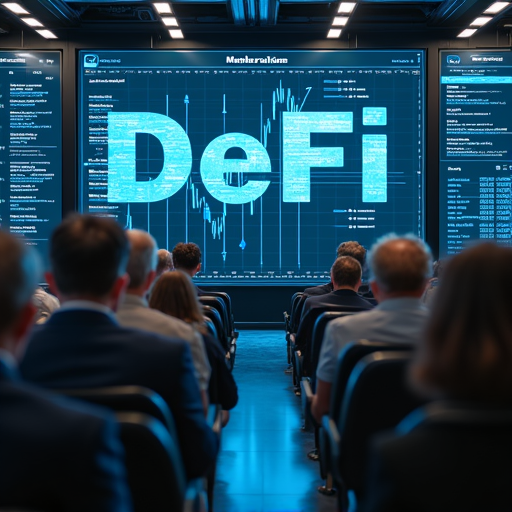
The Evolution of DeFi in 2025
The decentralized finance (DeFi) market has surpassed the $1 trillion mark in 2025, marking a significant milestone in its journey from niche innovation to mainstream financial infrastructure. DeFi platforms, built on blockchain technology, continue to redefine traditional financial services by eliminating intermediaries and offering permissionless access to lending, borrowing, trading, and more.
Maturation of DeFi Platforms
In 2025, DeFi platforms have matured significantly, with improved scalability, security, and user experience. Protocols like MakerDAO (now rebranded as Sky) and Compound Finance have evolved to offer more stable and efficient services. The integration of AI-powered tools has further enhanced risk assessment and yield optimization, making DeFi more accessible to retail and institutional investors alike.
Risks and Challenges
Despite its growth, DeFi is not without risks. Smart contract vulnerabilities, regulatory uncertainties, and market volatility remain persistent challenges. The 2023 downturn, which saw DeFi collateral levels drop from $178 billion to under $40 billion, serves as a stark reminder of the sector's volatility. However, advancements in auditing tools and decentralized governance models are helping mitigate these risks.
Integration with Traditional Finance
One of the most notable trends in 2025 is the growing integration of DeFi with traditional finance. Major financial institutions are now exploring partnerships with DeFi platforms to offer hybrid services, blending the efficiency of blockchain with the stability of legacy systems. Central banks are also experimenting with digital currencies, further blurring the lines between decentralized and centralized finance.
The Road Ahead
As DeFi continues to evolve, its potential to democratize finance is undeniable. However, achieving widespread adoption will require addressing regulatory hurdles, improving scalability, and fostering greater trust among users. The next phase of DeFi’s growth will likely focus on sustainability, interoperability, and real-world asset tokenization.
